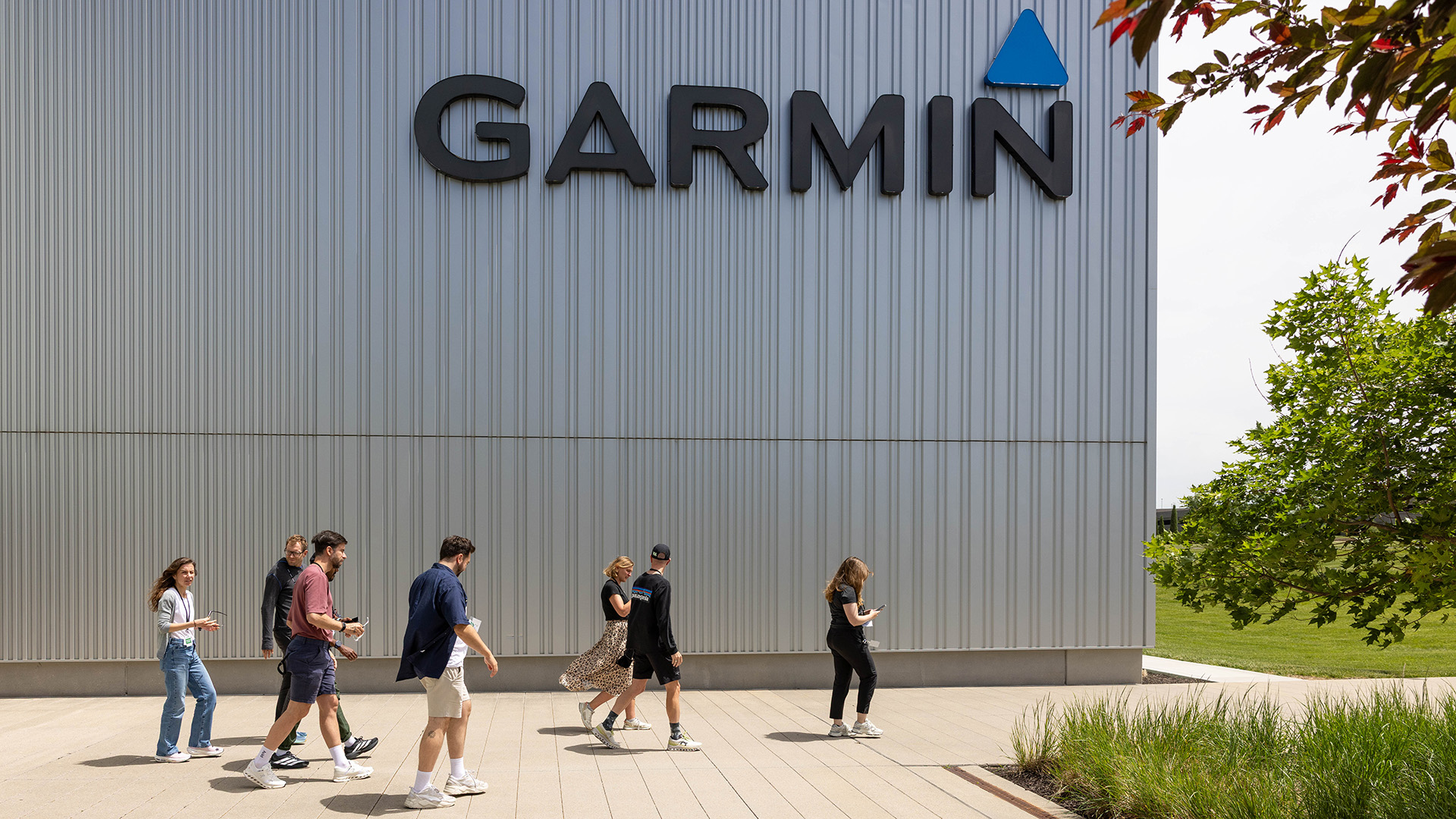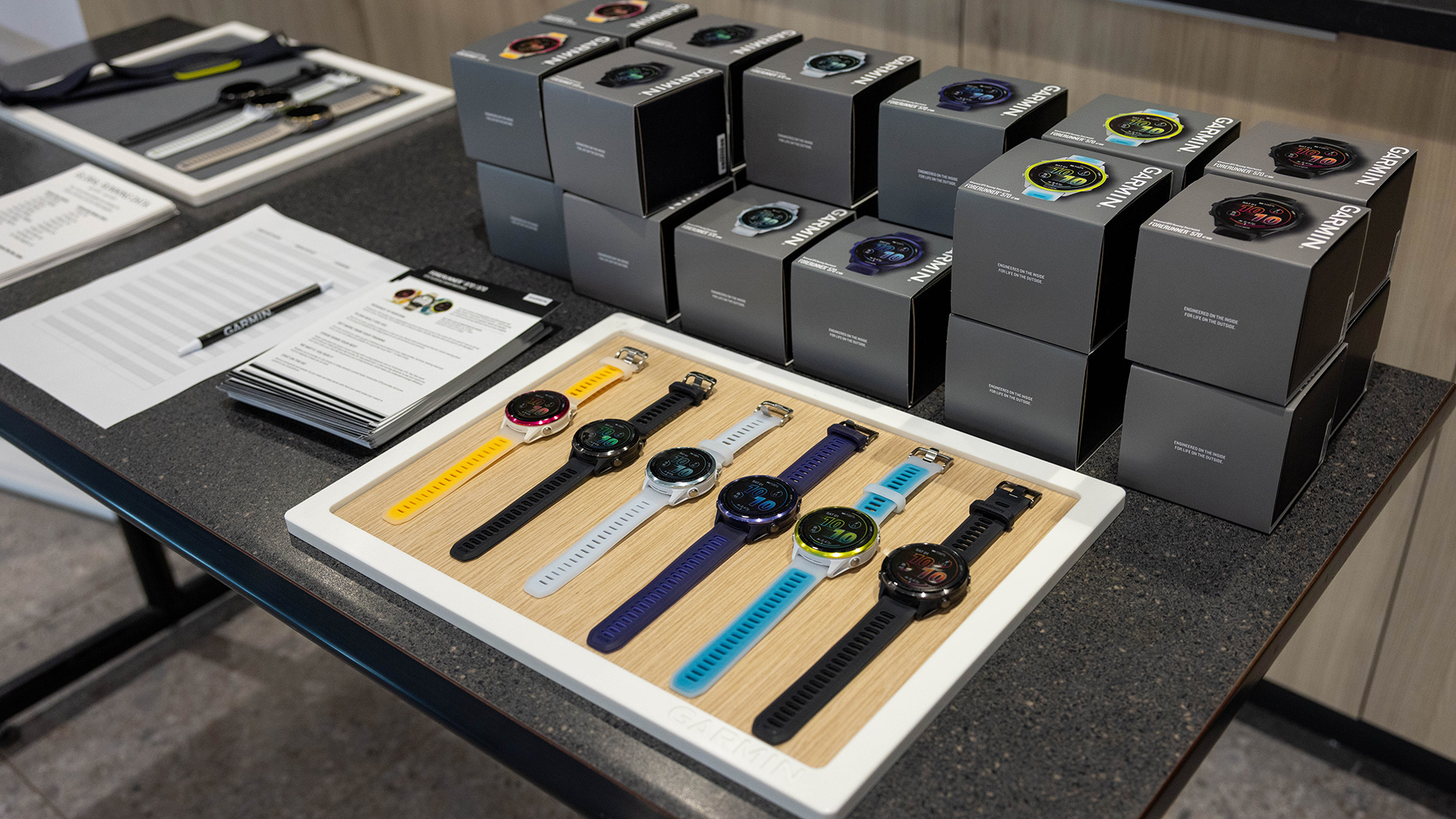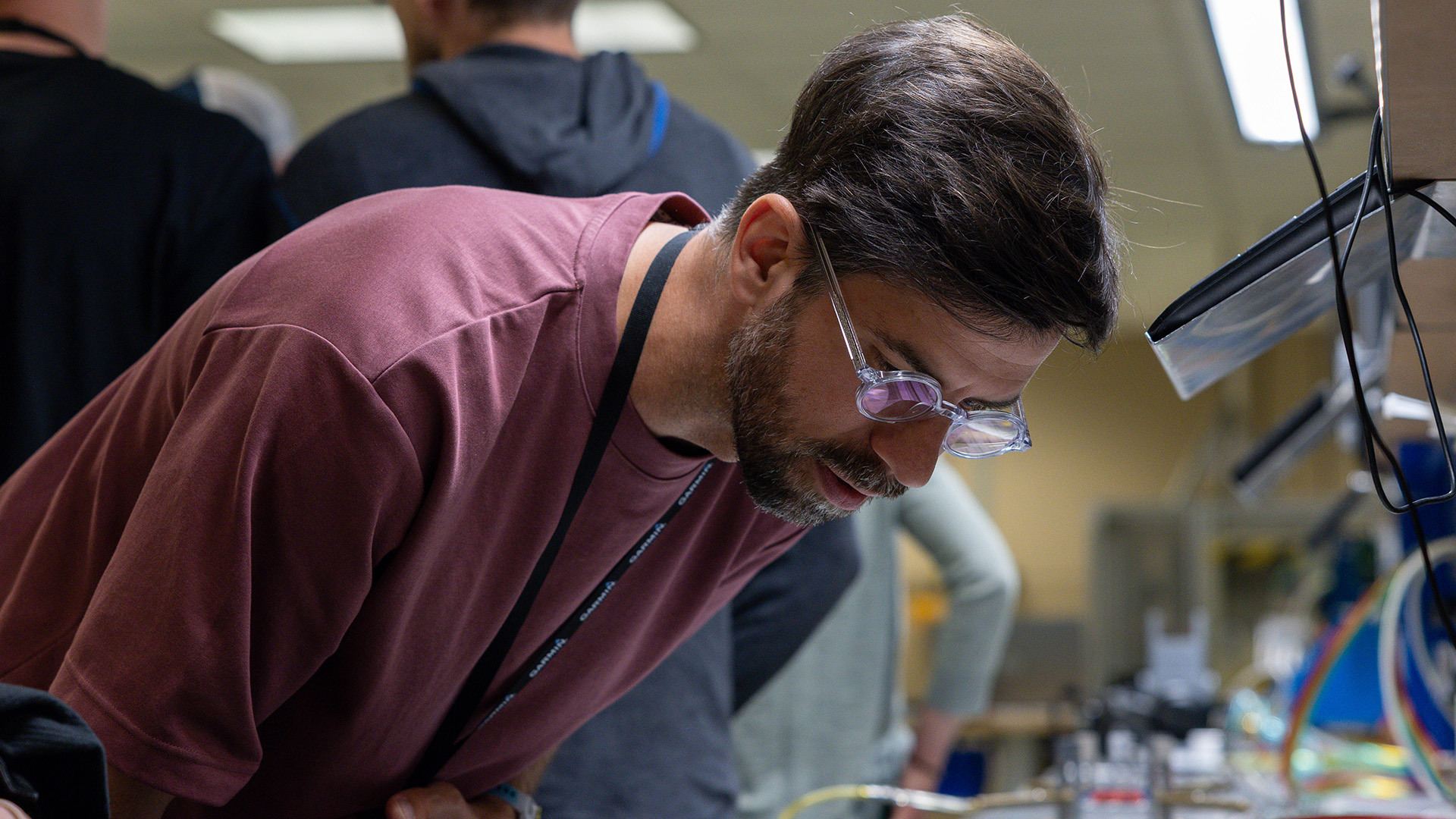You know Garmin for its watches – here’s what else it quietly dominates
Garmin isn’t like other tech companies, and that’s exactly the point


While rivals streamline their offerings and chase mass-market dominance, Garmin is doing the opposite. It’s expanding. Across wearables, bike computers, golf simulators, marine sonar, and even high-end home subwoofers, the brand is adding around 100 new products to its global portfolio every year.
It’s not just a business strategy; it’s a philosophy. And according to Garmin CEO Cliff Pemble, it’s what makes the company one of the most unique in the world. “Most companies go out and outsource all their product development and manufacturing,” Pemble said. “At Garmin, we don’t do that. We like to control our own destiny.”
That phrase – controlling their own destiny – was repeated by several Garmin execs over the course of a recent press briefing at its global HQ in Kansas City.
It explains why the company continues to operate its own factories, vertically integrates design, engineering, and testing, and insists on staying “purpose-built” even as competitors chase all-in-one devices.
A company built on niches
Garmin doesn’t just serve one type of customer (or one type of runner, cyclist, or boater). Instead, it takes a modular approach to its product portfolio, launching specific running and triathlon watches, bike computers, sonar systems, and aviation panels for very specific use cases and then iterating on them every year.
“We’re a combination of niche plays,” said Justin Lyons, Sr. Director of Fitness. “That’s why we’re in dive, golf, cycling, aviation. It’s not about trying to be all things to all people. It’s about being the best for each kind of user.”
That explains why Garmin now has products like the Instinct 3 Tactical Edition, a military-spec adventure watch with solar charging and a built-in flashlight, sitting next to the new Garmin Venu 3, which is more of a daily wellness watch with yoga breathing timers and nap tracking.
Get all the latest news, reviews, deals and buying guides on gorgeous tech, home and active products from the T3 experts
“Every wrist is different. Every person’s needs are different,” said Lyons. “So we make products for all of them.”

Health isn’t a feature: it’s a direction
Garmin’s health ambitions go far beyond step counts and heart rate zones. The company has a dedicated Garmin Health division, and it’s not just looking at consumers; it’s working with clinical researchers, insurance providers, and hospitals to enable data-rich healthcare applications.
“We’re not just building features – we’re building tools for research, healthcare, and digital therapy,” said Scott Burgett, Senior Director of Garmin Health Engineering. “Our biosensors are already used in clinical trials.”
Burgett is one of the people responsible for making sure Garmin’s sensors actually deliver on the data they promise. From HRV and sleep tracking to medical partnerships in diabetes and Parkinson’s monitoring, Garmin Health is the quiet powerhouse behind many of Garmin’s wearable innovations.
“When we started doing optical heart rate 24/7, it opened up a massive set of applications,” said Burgett. “We take accuracy seriously. We spend hundreds of hours validating every new sensor, benchmarking performance, and investing in clinical truth.”
Burgett also noted that Garmin watches are often used in research, from life insurance programmes to clinical trials and chronic disease prevention. “The data we provide can keep people from getting sick,” he said. “And the battery life means they actually wear it.”

A very Garmin kind of smart
Despite stiff competition from Apple, Samsung and Huawei in the general-purpose smartwatch space, Garmin isn’t trying to be a clone of the others. “Those brands are generalists,” said Lyons. “We’re specialists. Our customers come to us for accurate data, configurability, battery life, and purpose-built design.”
That doesn’t mean Garmin is ignoring current trends. In fact, the company is leaning into them in its own way.
Garmin’s recently launched Connect+ platform, which introduces features like Active Intelligence and a performance dashboard for subscribers, is one example. The idea is to personalise the data you already collect and then communicate insights in plain language.
“Generative AI is very good at turning raw data into usable messages,” said Lyons. “But we don’t want people to think AI is the only way to solve things. Sometimes it’s machine learning, sometimes it’s design. But context is the goal, giving you insights that make sense of your effort.”
The Connect+ rollout hasn’t been without controversy, but Garmin isn’t asking users to pay for some features that were once free. The brand admits that not all Connect+ features are for every user. It’s a mix: some features are broad, others are very specific.
More importantly, the free version isn’t being left behind (at least for now). According to Lyons, investment is going into both tracks. “The free part of Garmin Connect has a bigger team than the paid team,” he said. “We’re continuing to build on both. We didn’t take anything away; we added another option.”

Design that makes a difference
When it comes to making products, Garmin takes a very different approach from other tech brands, especially in wearables.
Rather than outsourcing design or working with third-party OEMs, Garmin runs a global in-house industrial design team, with studios in Kansas City, Taipei, and Portland, Oregon. Between them, over 60 designers are working across every Garmin segment, from aviation to audio.
“We’ve become a watch company, not just a tech company that makes watches,” said Mark Emge, Team Lead of Garmin’s Industrial Design team. “We think about CMF – colour, material, and finish – across all our designs.”
That’s not just talk. Garmin now operates its own CNC and 3D printing labs for rapid prototyping, paints its own colour samples by hand, and is investing heavily in translucent band materials, as seen on the new Forerunner 570 and 970.
And because the teams aren’t siloed by product line, ideas and materials jump between categories. One example: radar tech developed for marine use that’s now built into cycling computers and motorcycle navigation systems.

From superyachts to jet cockpits and beyond
Garmin might be best known for its smartwatches, but wearables are just one piece of a much larger puzzle. “We serve five major verticals,” said CEO Cliff Pemble. “Fitness, Outdoor, Aviation, Marine, and Automotive OEM.” It’s one of the most diverse tech portfolios in the industry, and a key reason Garmin remains so resilient.
Take marine, for example. Garmin designs sonar and radar systems for everything from kayaks to 100-metre superyachts and powers high-end audio setups through its Fusion and JL Audio brands. That same hardware shows up in RVs, cars, and even in $25,000 home theatre subwoofers like the Gotham.
“We’re building sonar, radar, and audio systems for every kind of boat – and RVs too,” said Jarrod Seymour, Vice President of Garmin’s Marine Segment. “There’s so much behind the scenes that people don’t see – autopilots, digital switching, and marine charting – but it’s all part of the Garmin ecosystem.”
In the skies, Garmin’s aviation division builds avionics for everything from single-engine planes to business jets. Its technology powers flight decks, cockpit displays, and safety systems like Garmin Autoland, which can autonomously land a plane if the pilot is incapacitated.
“We make avionics for the broadest range of aircraft in the world,” said Phil Straub, Executive Vice President and Managing Director of Aviation. “You might not realise it, but a lot of small planes, charter jets – even helicopters – are flying with Garmin inside. And when lives are on the line, the system has to work every time.”
And then there’s automotive. Garmin’s OEM team creates bespoke infotainment systems, driver assistance tech, and instrument clusters for brands like BMW, Toyota, and Ford. These aren’t generic sat navs but systems tailored to each vehicle’s design.
“Our team acts like an extension of the automaker’s design studio,” said Kip Dondlinger, Product Design & Planning Manager. “We’re co-creating experiences that feel native to the car – navigation, safety features, voice control – all working together to elevate the drive.”
More niches, more products
Garmin’s strategy, in a sentence? Make more products that do more things for more specific people.
While others simplify, Garmin doubles down on complexity, building its own devices, controlling its supply chain, and growing not by chasing trends, but by staying focused on solving real-world problems for specific users.
“We’re not slimming down,” said Lyons. “We’re expanding. Because there are still a lot of problems to solve.” There’s a new generation of dive computers, deeper integration between Connect and phone-based AI, and an entire suite of B2B tools being used in clinical trials.
And yes, Garmin’s lineup may be big, but it’s not bloated. It’s built with purpose. “We like to control our own destiny,” Joe Schrick, Executive Vice President, Fitness & Outdoor at Garmin, said. “When you’re vertically integrated, you can pivot fast."
"We invest about 16% of revenue into R&D," added CEO Cliff Pemble. "And that results in over 100 new products every year."
As long as the world keeps needing niche wearables for runners, divers, mountaineers, golfers, and yes, yacht captains, Garmin’s growth strategy might not just work. It might become a blueprint for the future of tech.

Matt Kollat is a journalist and content creator who works for T3.com and its magazine counterpart as an Active Editor. His areas of expertise include wearables, drones, fitness equipment, nutrition and outdoor gear. He joined T3 in 2019. His byline appears in several publications, including Techradar and Fit&Well, and more. Matt also collaborated with other content creators (e.g. Garage Gym Reviews) and judged many awards, such as the European Specialist Sports Nutrition Alliance's ESSNawards. When he isn't working out, running or cycling, you'll find him roaming the countryside and trying out new podcasting and content creation equipment.
You must confirm your public display name before commenting
Please logout and then login again, you will then be prompted to enter your display name.